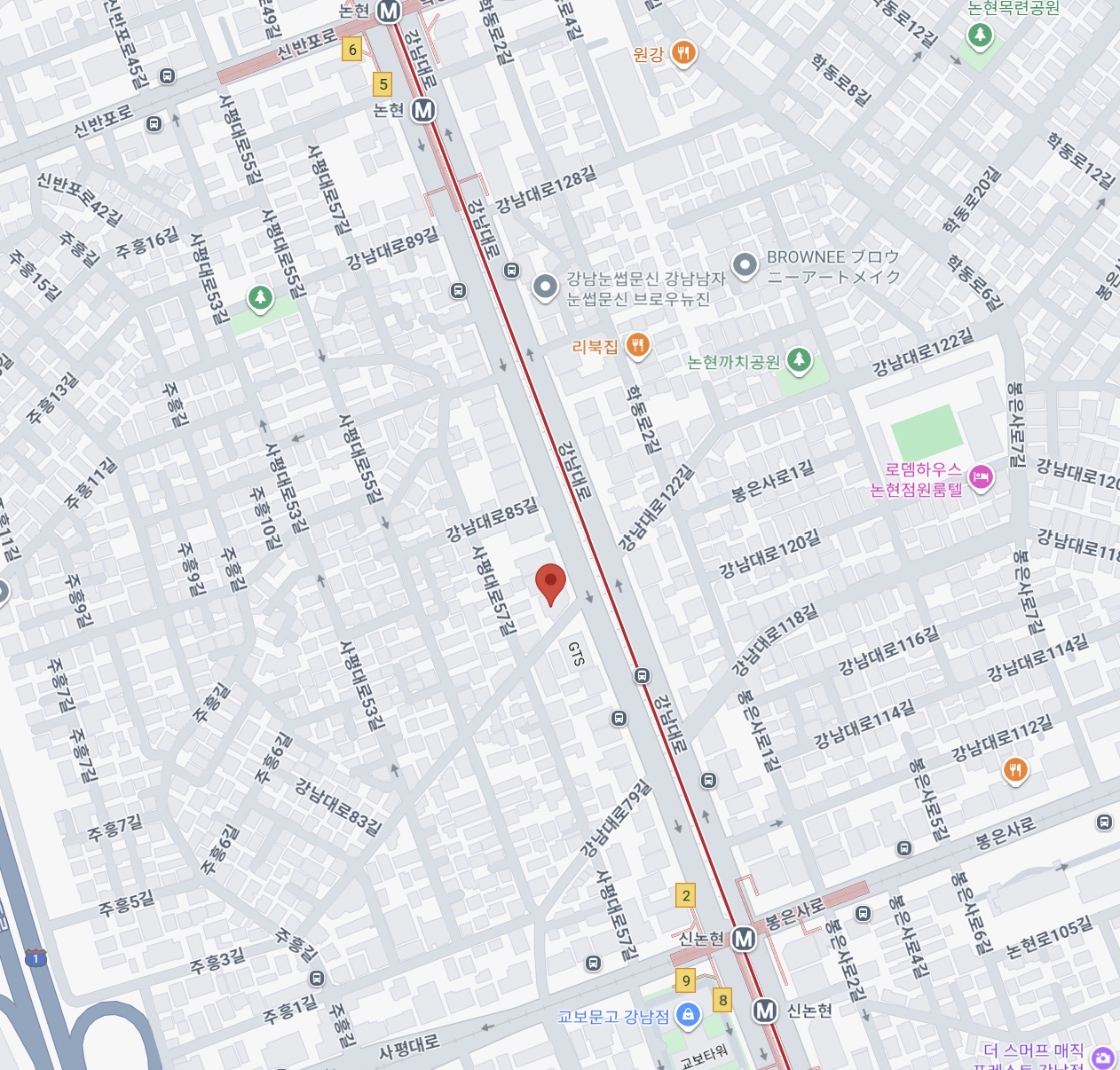Iliotibial (IT) Band Syndrome in Seoul, Korea
English-speaking IT band syndrome care made easy at one trusted clinic in Seoul. Discover Nucellin’s doctor-supervised knee/hip treatments, transparent pricing, and real patient results—all in one place.
Welcome for International Patients
If running, hiking Namsan, or long hours at a desk are causing sharp outer-knee pain or hip tightness, you may have IT band syndrome. At Nucellin Orthopedic Clinic (Yongsan, Seoul), Dr. Kim Hee-Jun provides doctor-supervised, English-friendly care that calms pain, fixes the root causes, and guides a safe return to running and sport.
What Is IT Band Syndrome?
IT band syndrome is irritation of the tissue that runs from the hip to the outer knee, often due to training load errors, weak hip stabilizers, poor running mechanics, or footwear issues. Symptoms include sharp/aching pain on the outside of the knee, tenderness over the lateral femoral condyle, and discomfort with downhill running or repeated knee flexion.
How We Diagnose
- Focused exam of hip–knee mechanics, flexibility, and strength
- Gait/running form review and training history
- Point-of-care ultrasound when needed to assess local inflammation or bursal irritation
- Imaging (X-ray/MRI) only if red flags or alternative diagnoses are suspected
Our Treatment Approach
1) Conservative Care First (Core Plan)
- Load management: adjust mileage, slope, cadence, and cross-training to reduce friction
- Targeted physical therapy: hip abductor/external rotator strengthening, core stability, IT band/glute mobility, ankle mechanics
- Manual therapy & soft-tissue techniques: myofascial release, joint mobilization as indicated
- Technique & equipment: cadence cues, stride width, footwear/orthoses advice
- Home program: travel-friendly exercises with clear progressions
2) Evidence-Based Adjuncts (Case-by-Case)
- Shockwave therapy (ESWT) for stubborn tendinopathy components
- Ultrasound-guided injections when indicated:
- Corticosteroid around the irritated bursa for short-term flare control
- PRP (Platelet-Rich Plasma) for persistent tendinopathy or enthesopathy patterns
- Taping/bracing for short-term support during re-loading
All injections are ultrasound-guided for precision and safety.
3) Return-to-Run Progression
- Criteria-based plan (walk → jog → run → tempo/hills)
- Cadence and stride-width cues to reduce lateral knee load
- Strength and plyometric milestones before full return to speed or downhill work
Why Choose Nucellin & Dr. Kim
- Orthopedic specialist oversight from diagnosis to full return-to-sport
- Integrated rehab + procedures tailored to runners and active travelers
- English-speaking team with clear, written aftercare
- Transparent pricing and travel-smart scheduling for expats, students, and visitors in Seoul
What to Expect
- Consult & Exam — Bring any prior imaging or shoe wear history if available.
- Personalized Plan — Clear weekly milestones, do’s/don’ts, and cost estimate.
- Treatment Phase — PT foundation; add ESWT or targeted injection only if indicated.
- Return to Activity — Structured return-to-run and cross-training roadmap.
- Follow-Up — In-clinic or remote check-ins; prevention strategy for future training blocks.
FAQs (Quick)
- How long to recover? Many improve in 3–6 weeks with proper loading and hip strength; chronic cases may take longer.
- Do I have to stop running? Often not—most follow a modified mileage plan while strengthening.
- Will I need an injection? Only if a flare persists after rehab and load adjustments.
- Can footwear help? Yes—fit, wear pattern, and terrain matter; we’ll advise based on your gait.
Pricing & Booking
We provide upfront, transparent pricing and itemized receipts (check your policy for reimbursement).
Ready to run pain-free in Seoul? Book an IT band evaluation with Dr. Kim Hee-Jun at Nucellin Orthopedic Clinic and get a clear, English-friendly plan in the heart of the city.

